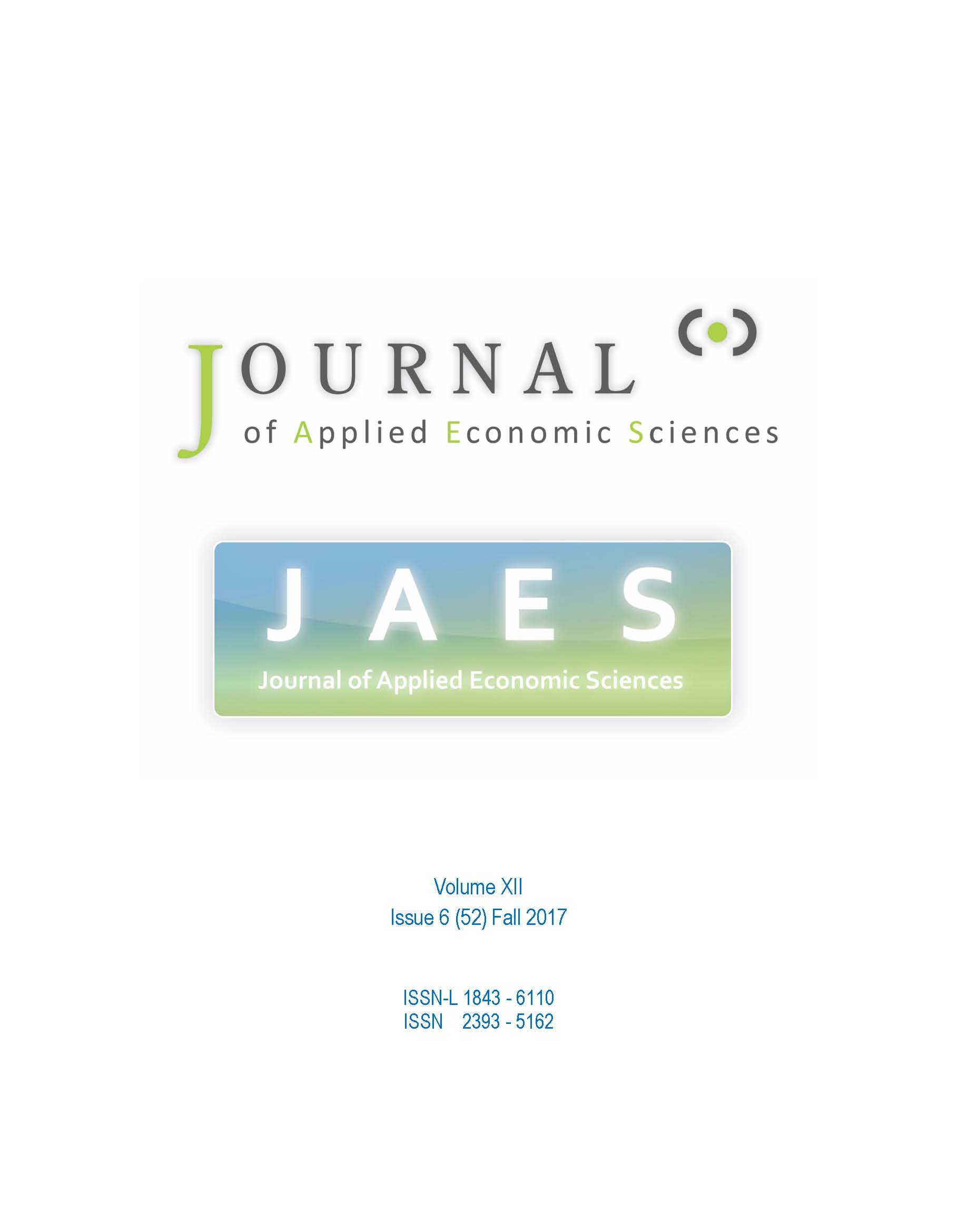Managing Fiscal Risk in High Public Debt: Evidence from Indonesia
Managing Fiscal Risk in High Public Debt: Evidence from Indonesia
Author(s): Jaka Sriyana, Abdul Hakim, Herawati HerawatiSubject(s): Public Administration, Public Finances, Fiscal Politics / Budgeting
Published by: Reprograph
Keywords: fiscal; risk; primary balance; public debt; seignorage;
Summary/Abstract: This paper analyzes the fiscal risk and its determinants in Indonesia. It estimates a Value-at-Risk (VaR) based on the debt ratio using Generalized Autoregressive Conditional Heteroskedasticity (GARCH) model for the data 1991-2016. This research also evaluates the response of the fiscal policies to the debt ratio volatility. We apply fiscal reaction function to capture the relationship between that variable and other variables namely primary balance, output gap, and seignorage. The research finds a risky situation in 1999 following the 1998 Asian crises and another risky in 2008 following the crash in the US capital market. It also reveals slow response of fiscal adjustment to the debt risk in the country. The primary balance model indicates that fiscal policies do not adjust effectively to the short run fiscal imbalance. This paper concludes that fiscal capacity improvement and debt risk reduction are main challenges to achieve better fiscal sustainability. The government needs to improve the quality of its budget governance both in primary deficit and debt management.
Journal: Journal of Applied Economic Sciences (JAES)
- Issue Year: XII/2017
- Issue No: 52
- Page Range: 1668-1679
- Page Count: 12
- Language: English

